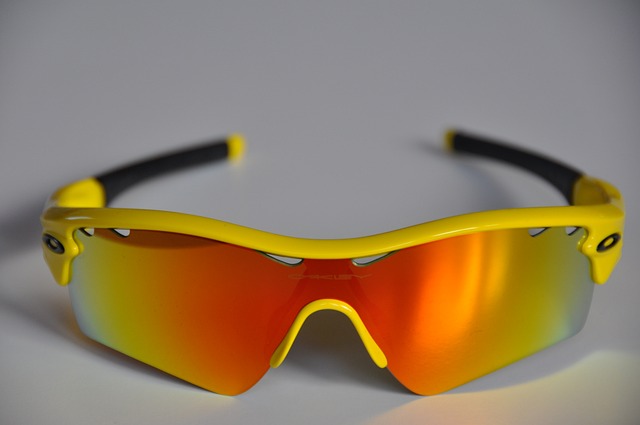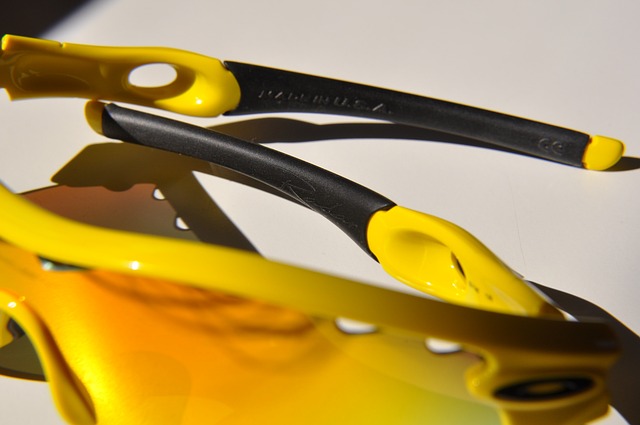Unobtanium (highlighted in green) is a common Oakley feature. The definition of Unobtanium is fictional, extremely rare, costly or impossible. The name was picked specifically by Jim Jannard (Oakley Founder) in 1975 for this new material. The material originally served as bike grips. The material provides more grip when wet. So, when biking, the grip the rider has in wet conditions increases. On Oakley products the material increases grip even when perspiring. Therefore when used for sports (like most products are intended for) the eyewear is stable and doesn’t fall off the head. Unobtanium usually appears on the temples and nose-pads

3-Point Fit is a patented frame technology. The frame only touches the wearers head in three places. The bridge and rear end of the temples touch the head (as highlighted above) to reduce pressure on the head. The temples don’t wrap around the ear to stay stable on the head like models by other manufacturers. This provides perfect alignment for a better optical experience while being secure.
The highlighted frame above is an O’Matter Frame. O’Matter is a nylon material Oakley use to create frames. O’Matter is 25% lighter than normal acetate and 2x stronger. Furthermore, the material is more heat and cold resistant which prevents the frame from becoming brittle. Therefore it can keep up with the extreme conditions of all active lifestyles. O’Matter is more flexible than acetate, which provides many advantages. The flexibility will allow the frame to shape to the face better for a comfortable fit. In addition, it will increase impact resistance. This adds better piece of mind for use during sports, allowing the wearer to not worry about safety and concentrate of performance.

The Frame material highlighted above is C-5 Alloy. This is a metal frame Oakley use. The frame is a 5 alloy compound which is tough and flexible. The main features include being lightweight and durable. Therefore these are perfect for an all day wear. When the c-5 is in a collision with an object, the frame soaks up the impact and springs back into shape.
Hollowpoint hinges provide a sleek look. They’re constructed from titanium and bind the front of the frame to the temples. The hollowpoint has no screws. Instead, the hinge is riveted to the temples and the hinge itself, swiveling on a horizontal bearing. Without a pin, the hinges move smoothly, never loosens or wears out. Therefore the hinge lasts longer, and is more durable. Furthermore there is no tiny screw to tighten up or threatening to pop out the mechanism.
Copyright © 2024 Vision Opticians Ltd